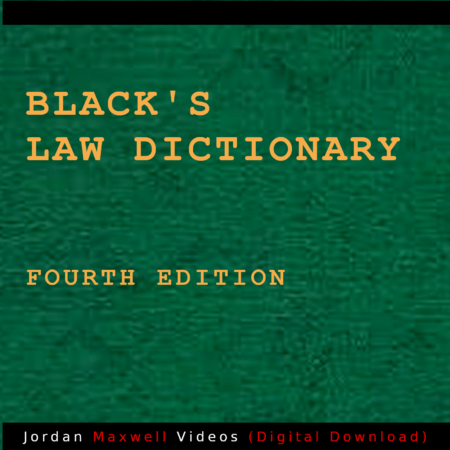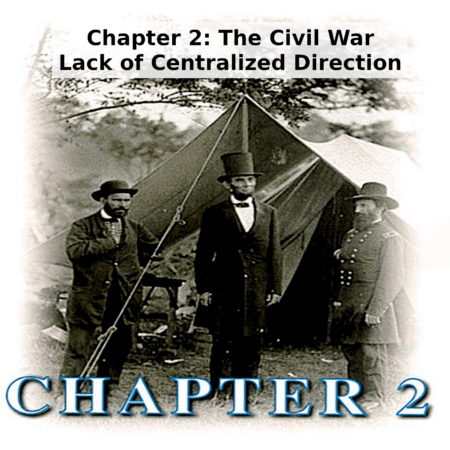Description
The District of Columbia Organic Act of 1871 (PDF Download Donation)
The District of Columbia Organic Act of 1871, a significant legislative milestone in the history of the District of Columbia, marked a transformative moment for the governance and administration of the nation’s capital. Before its enactment, the District was a unique entity, not a state, and not fully under the jurisdiction of any state. It was essentially a federal territory, subject to the whims of Congress.
Enacted on February 21, 1871, by the 41st United States Congress, the Organic Act fundamentally restructured the governance of Washington, D.C. This act abolished the old charter of the city, which had granted limited self-governance, and replaced it with a new framework. Under the new system, the residents of the District no longer had direct control over local matters. Instead, the act established a territorial government with a three-member Board of Commissioners appointed by the President of the United States.
The act aimed to streamline administration, improve public services, and address the political and administrative challenges that the District faced at the time. The Board of Commissioners took on a range of responsibilities including public works, health regulations, police and fire departments, and management of municipal finances. While the intention was to enhance efficiency and alleviate corruption, this shift also brought about a loss of democratic representation for the residents of D.C., as they could no longer elect their local officials.
Notably, the Organic Act also signaled a transition in the status of Washington, D.C. Before its passage, the District was often neglected and faced challenges due to its lack of clear governance structure. The Organic Act laid the foundation for the modern governance of the District, serving as a precursor to the Home Rule Act of 1973, which granted the city more self-governance powers.
In conclusion, the Organic Act of 1871 was a pivotal moment in the evolution of the District of Columbia’s governance. It restructured the administration of the capital city, aiming to improve efficiency and accountability, albeit at the cost of diminishing local democratic representation. While it may have faced criticism for centralizing power, it paved the way for subsequent changes that would eventually grant more autonomy to the residents of Washington, D.C.














